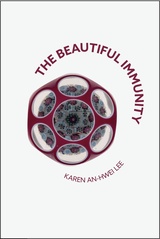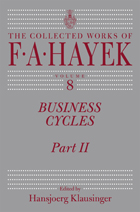

Each essay in these special issues proceeds from a different perspective. Two essays compare the ideas of Shklovsky with those of equally well-known thinkers—such as Hannah Arendt and Mikhail Bakhtin—regarding freedom and aesthetics. Other essays are historical surveys of estrangement theories and their diasporas during the last century. One contributor considers Diderot's views on art alongside certain modern views on poetry. Another discusses estrangement as seen in the visual artwork of the Russian painter and art theoretician Kazimir Malevich. A third contributor explores estrangement in the work of Dostoyevsky. The special issues end with a previously unpublished interview with Shklovsky, who looks back on a long and troubled career, speaking his mind about literary issues, Communist oppression, and friends and enemies, including Stalin.
Contributors. Svetlana Boym, Marietta Chudakova, Jacob Edmond, Caryl Emerson, Michael Holquist, Anna Wexler Katsnelson, Ilya Kliger, Nancy Ruttenburg, Greta N. Slobin, Tatiana Smoliarova, Meir Sternberg, Galin Tihanov, Cristina Vatulescu
Meir Sternberg is Professor of Poetics and Comparative Literature at Tel Aviv University. Svetlana Boym is Curt Hugo Reisinger Professor of Slavic Languages and Literatures, and Professor of Comparative Literature, at Harvard University.
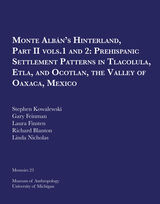
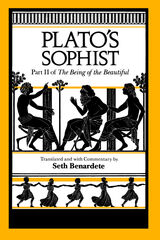
"Seth Benardete is one of the very few contemporary classicists who combine the highest philological competence with a subtlety and taste that approximate that of the ancients. At the same time, he as set himself the entirely modern hermeneutical task of uncovering what the ancients preferred to keep veiled, of making explicit what they indicated, and hence...of showing the naked ugliness of artificial beauty."—Stanley Rose, Graduate Faculty Philosophy Journal
Seth Benardete (1930-2001) was professor of classics at New York University. He was the author or translator of many books, most recently The Argument of the Action, Plato's "Laws," and Plato's "Symposium," all published by the University of Chicago Press.
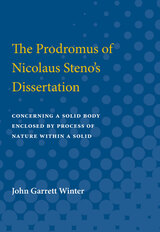
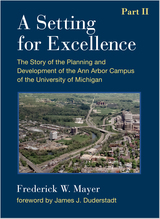
By tracing the development of the Ann Arbor campus from its early days to the present, within the context of the evolution of higher education in America, Mayer provides a strong argument for the importance of rigorous and enlightened campus planning as a critical element of the learning environment of the university. His comprehensive history of campus planning, illustrated with photos, maps, and diagrams from Michigan’s history, is an outstanding contribution to the university’s history as it approaches its bicentennial.
READERS
Browse our collection.
PUBLISHERS
See BiblioVault's publisher services.
STUDENT SERVICES
Files for college accessibility offices.
UChicago Accessibility Resources
home | accessibility | search | about | contact us
BiblioVault ® 2001 - 2024
The University of Chicago Press


